When is the best time to prune apricots - in spring or autumn?
Many summer residents grow apricots in their garden plots. Thanks to the efforts of breeders who have received winter-hardy varieties, this thermophilic crop can be found beyond the Urals and in central Russia. One of the features of apricot is the rapid growth of branches and the formation of a large number of buds for generation. As a result, the crown of the tree grows significantly, the quantity and quality of fruits decreases, and there is a risk of various diseases. To prevent this from happening, you need to regularly prune the apricot in the fall, spring or summer.
Why prune an apricot?
Pruning is one of the most difficult agrotechnical techniques used by gardeners for a long time to care for fruit trees and shrubs. If the growth and fruiting of trees are allowed to flow, then soon fruiting will be periodic, the quality of the fruits will deteriorate, the winter hardiness of the plant and its resistance to diseases and pests will decrease.
If you do not process the apricot tree, its crown will begin to grow rapidly, the first fruits will appear faster, and for some time the volume of the crop will increase. However, several years will pass - and the situation will sharply change for the worse. Bare areas will be visible inside the excessively large crown, the branches will become thin and flexible, and fruiting will shift towards the end of the shoots. The fruits will become small, tasteless. After abundant fruiting, the tree will rest for several years.
To avoid all these troubles and enjoy delicious apricots every year, you need to regularly and timely prune your garden trees.
Types of pruning apricot tree
There are several pruning schemes for the apricot tree, each of which is used at certain times of the year to solve specific problems.
- Formative - allows you to form a crown of the desired shape, initially carried out immediately after planting the seedling and then repeated as needed.
- Regulatory - consists in removing excess fruit branches, which helps to preserve the strength of the apricot tree and maintain the quality of the crop at the achieved level. Apricot, unlike other fruit trees, sets fruits from all flowers, without spontaneously dropping excess ovaries, therefore it is necessary to control the yield with the help of regulating pruning.
- Anti-aging - it is used to rejuvenate a mature tree and consists in removing old lignified branches. Outdated stems are replaced by young shoots, more suitable for fruiting.
- Restorative - used for any mechanical damage to the tree or after freezing.
- Sanitary - carried out in the fall if the tree is damaged by diseases or pests.
Every season, apricot is pruned, and all types of processing are combined. The main goal of these activities is crown formation, removal of excess growth and the appearance of young shoots.
Autumn pruning of apricot
Autumn pruning of apricots is carried out in order to maintain the normal condition of the branches and get a full harvest for the next year without overloading the tree. In autumn, work is carried out according to three schemes, forming a crown, regulating the number of shoots and rejuvenating the plant.
As you know, apricot most often bears fruit abundantly, depleting its own strength. Autumn pruning can achieve a certain balance between fruiting and deciduous branches.If other fruit trees are pruned in order to increase the number of fruits, then the purpose of processing an apricot crop is, on the contrary, to reduce yields.
Fewer fruit production leads to higher quality. Apricots grow large and juicy. In addition, by removing the fruitful branches, the gardener prolongs the life of the plant. Of course, not all summer residents are ready for a radical pruning, and many are content with numerous, but small fruits.
Before you start working on wood, you need to prepare your garden tools. You can work with a pruner or a sharp knife. Thicker branches are removed with a saw. All cuts should be treated with garden varnish immediately after pruning.
The autumn pruning scheme for novice gardeners is as follows.
- In a two-year-old apricot, one third of all fruitful branches are removed.
- The main stems that form the crown are left unchanged, cutting out only the wrong growing shoots.
- The remaining fruiting branches are shortened to half a meter.
- Dry and diseased branches are cut out to the very base.
- In the main branches with more than 15 leaves, pinch the top.
The optimal time for autumn work is mid-October, when the growing season is already coming to an end, and the first frosts are quite far away.
Important!
Only trees with early fruiting need autumn pruning. Late varieties of this culture are pruned in summer or spring.
How to prune an apricot tree in spring?
Spring pruning of the apricot tree is done in late March or early April. At this time, in the middle lane, night frosts usually end, and you can not be afraid that the sections will overgrow for a long time and painfully. The main thing is to be in time before the plant begins to overgrow with young foliage.
In the spring, three types of procedures are carried out - shaping, rejuvenating and restorative pruning. It looks like this.
- After winter, there are many frostbitten and damaged branches that must be removed so that the tree does not waste energy on their restoration. It is very important to carry out this event when a one-year-old plant that has survived the first winter is treated.
- For the correct formation of the crown, the remaining branches are pruned. An apricot tree, whose shoots have grown by more than half a meter in one year, is considered fast-growing. Its branches are cut in half. If the tree is not growing as fast, pruning the shoots by one third is sufficient.
- It is in the spring that the apricot is pruned "to the bud". This agrotechnical technique allows you to achieve an evenly filled crown and an even, upright stem. The purpose of this procedure is to direct the branch that emerges from the bud left in the desired direction. For example, if there are fewer branches on the left side of the tree than on the right side, you must leave exactly the bud that is on the left side of the branch. The same technique can be used if you need to direct the branch down or, conversely, give it a vertical position.
Important!
The very first pruning of a freshly planted apricot should be done in the spring.
Summer pruning
The apricot tree is cut not only in autumn and spring, but also in summer. Summer pruning has a positive effect on future fruits. Usually this event is held in early June so that the tree is fully restored for autumn processing. The results of summer pruning are enough for three years, so rejuvenating procedures in hot weather are done no more than once every three years.
The summer pruning scheme is as follows.
- The shoots that formed last season and are actively gaining strength in the new year are shortened by 20 cm. This will preserve the strength of the plant and direct them not to growing branches, but to the formation of fruits.
- In 10-14 days after such pruning, young shoots will appear on the tree, from which it is necessary to leave three of the strongest shoots, and remove the rest. In the future, it is on these processes that fruit buds will be laid. In addition, after a while they can serve as the skeleton of the second tier of the crown.
After pruning in the summer, the apricot tree needs abundant watering. As experienced gardeners advise, it is better to refuse summer pruning in places with hot and arid climates.
Pruning rules for a young plant
With proper care, an apricot tree can live for over 50 years, and pruning is different for each age. At a young age, when planting an apricot, a strong shortening of shoots is not required, since the tree has not yet gained enough strength to withstand this difficult test.
Pruning a young plant is carried out as follows.
- 1st year... One year after planting the seedling, the trunk should be trimmed by about one quarter.
- 2nd year. After the top of the trunk of a young seedling is cut off, three side branches are formed. With the onset of autumn, they are also shortened by a quarter. It is better to hold this event in early autumn, so that the plant has time to lay fruit buds before frost. If, for any reason, the processing of the tree is carried out in the spring, then you should not rush and cut the seedlings too early, until the night frosts have ended. Otherwise, you can destroy the plant.
- 3rd year. In the third year of life, pruning an apricot tree, they pursue one goal - the final formation of the crown. All shoots that stand out from the total mass are shortened. Branches directed downward or towards the trunk are cut at the base. To stimulate the development of new fruit buds, pinch the tops of the lateral branches that appeared last year.
- 4th year. A four-year-old plant is regularly pruned with fast-growing stem shoots. Since the life of fruit branches is no more than three years, they should also be removed at least once every three years.
Pruning old wood that has not been treated for several years in a row can be very difficult. Such a plant needs anti-aging measures. In this case, you should start by removing diseased and dried branches. It should be remembered that you cannot remove all dry branches at one time, it is better to do this in several approaches with an interval of six months. Otherwise, such a procedure can weaken the tree or even destroy it.
Then you will have to work on the crown - remove the extra shoots that prevent the penetration of sunlight, and only after that proceed with the usual pruning.
If apricot trees are planted on the site, there is always work for a pruner - in the fall, summer and spring. With timely and regular pruning, you can get a full harvest of tasty and healthy fruits every season. Otherwise, the tree will be able to bear fruit normally only for the first few years, after which the quality of the apricots will deteriorate, and the plant, unable to cope with the enormous load, will begin to dry and collapse.
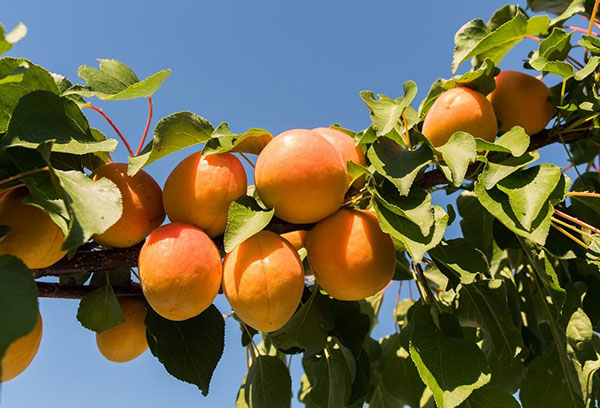


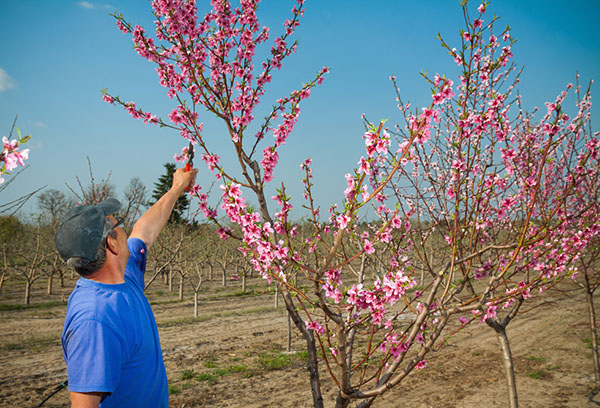
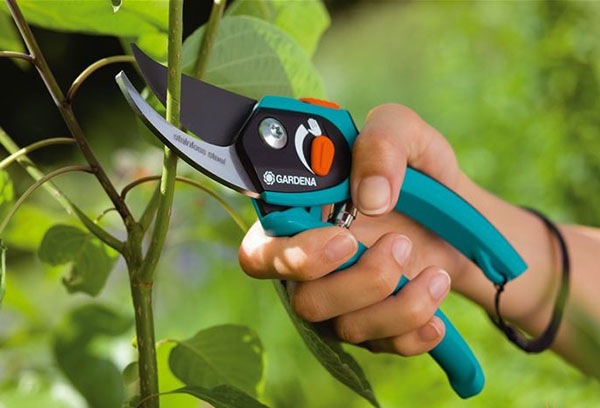
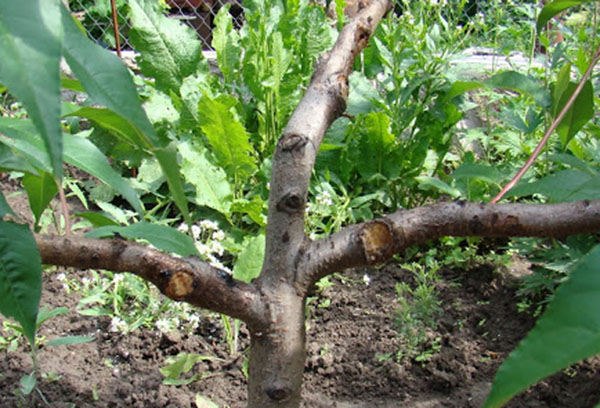
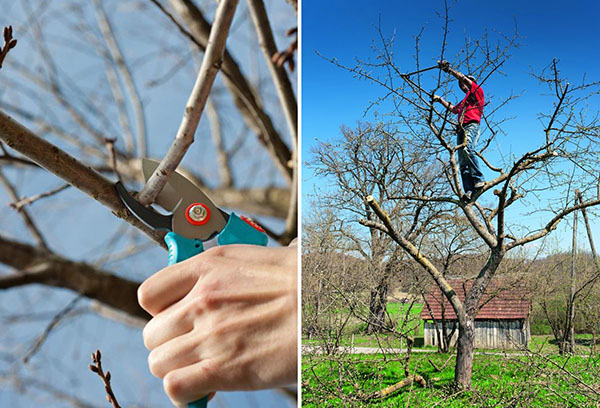
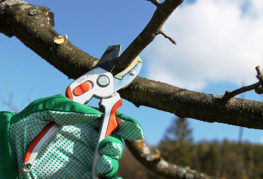
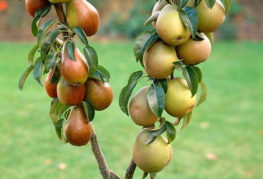
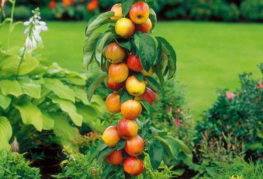
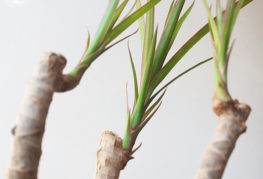
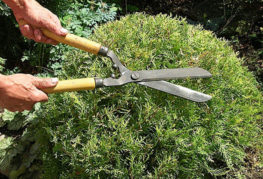
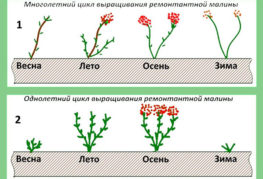
and will be published shortly.